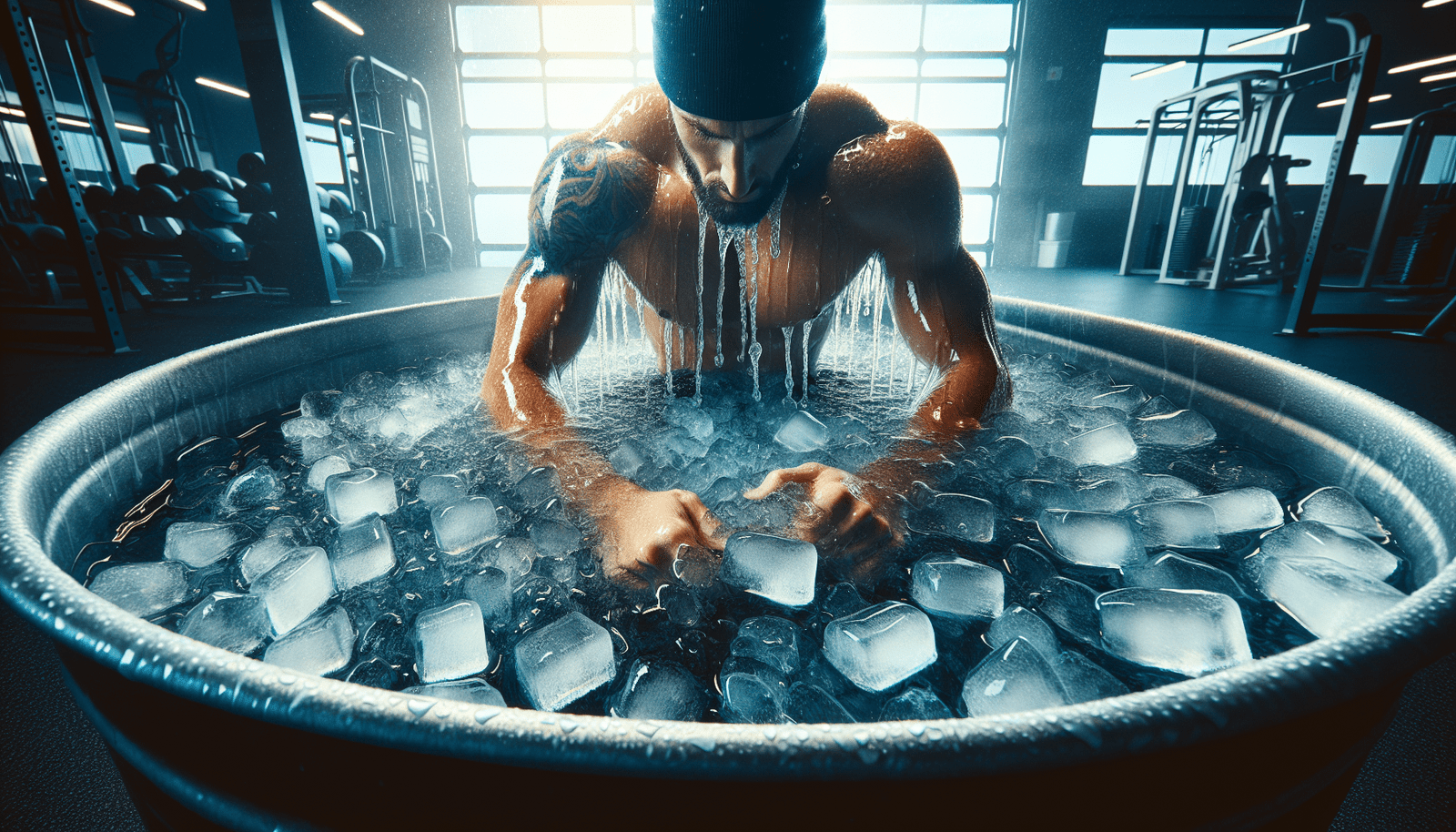Have you ever wondered how professional athletes and fitness enthusiasts recover so quickly from intense training sessions? One vital practice they incorporate is cold plunging. But what exactly is cold plunging, and how does it assist in muscle recovery? Let’s explore the fascinating world of cold plunging and its significant role in muscle recovery through the lens of optimizing health and performance.
What is Cold Plunging?
Cold plunging, also known as cold water immersion or cold therapy, involves submerging your body in ice-cold water, typically at temperatures below 59°F (15°C). This practice is not just limited to elite athletes but is becoming increasingly popular among individuals seeking recovery and overall well-being.
How Does It Work?
The primary mechanism behind cold plunging is vasoconstriction, where cold temperatures cause blood vessels to narrow. This helps reduce inflammation and muscle soreness by minimizing fluid build-up and flushing out toxins. When you step out of the cold, blood vessels widen (vasodilation), promoting fresh blood flow and accelerating the healing process.
The Science Behind Cold Plunging
Cold plunging’s science is well-supported by numerous studies focusing on its benefits for muscle recovery and overall health.
Benefits of Cold Plunging for Muscle Recovery
| Benefit | Explanation |
|---|---|
| Reduces Muscle Soreness | Cold plunging reduces the production of lactic acid, a byproduct of strenuous exercise that contributes to soreness. |
| Decreases Inflammation | The cooling effect lowers tissue temperature and slows down metabolism, which helps reduce inflammation. |
| Improves Circulation | Alternating between cold and warm temperatures enhances vascular function, ensuring efficient nutrient delivery and waste removal. |
| Mental Toughness | Cold plunging can also improve mental resilience by pushing you out of your comfort zone. |
Practical Applications
When to Cold Plunge?
Timing is crucial. Most experts recommend cold plunging immediately after intense workouts. This is because your muscles are at their most inflamed state right after strenuous activity, making cold plunging most effective within this time window.
How Long Should You Cold Plunge?
The duration varies depending on your tolerance, but generally, 5-10 minutes in cold water suffices to reap the benefits. Beginners may start with shorter durations and gradually increase as they become more accustomed to the cold.

Cold Plunging Techniques
Static Immersion
This is the most common method where you simply sit or stand in ice-cold water. Ensure that the water covers the major muscle groups, such as your legs and torso.
Cryotherapy Chambers
These are specialized chambers where you expose your body to extremely cold air, usually between -200°F and -300°F (-130°C to -150°C) for 2-4 minutes. Though more expensive, cryotherapy chambers provide a controlled environment for cold exposure.
Contrast Water Therapy
This technique involves alternating between hot and cold water, usually in a cycle of 1-2 minutes of cold plunging followed by 1-2 minutes in warm water. This method enhances circulation and recovery processes.
Cold Plunging Best Practices
Gradual Exposure
If you’re new to cold plunging, start slowly to allow your body to adapt. Begin with lukewarm water and gradually decrease the temperature over a few sessions.
Breathing Techniques
Controlled breathing can significantly aid your cold plunging experience. Deep and slow breaths help manage the initial shock and maintain comfort throughout the immersion.
Post-Plunge Protocol
After cold plunging, it’s crucial to warm up your body safely. Wrap yourself in warm towels or blankets, and consider gentle stretching to maintain flexibility.
Debunking Myths About Cold Plunging
Despite its growing popularity, cold plunging is surrounded by misconceptions. Let’s break down some common myths:
| Myth | Reality |
|---|---|
| Cold plunging is only for athletes. | Cold plunging offers benefits for anyone, from weekend warriors to those recovering from minor injuries. |
| It’s dangerous for your health. | When done properly and without exceeding recommended durations, cold plunging is generally safe and beneficial. |
| Longer plunges give better results. | More extended exposure isn’t necessarily better; 5-10 minutes is usually enough. |
Cold Plunging and Mental Health
Besides physical benefits, cold plunging positively impacts mental health by:
Boosting Mood
Immersion in cold water triggers the release of endorphins, often called the “feel-good” hormones, which can drastically improve mood and overall mental well-being.
Enhancing Stress Resilience
Regular cold plunging trains your body and mind to handle stress better, promoting a sense of calm and resilience to everyday challenges.
Getting Started with Cold Plunging
Safety First
Consult a healthcare professional before starting cold plunging, especially if you have cardiovascular issues or other underlying health conditions.
Equipment You’ll Need
- Ice Bath or Cold Shower: You can use a bathtub filled with ice water or a cold shower.
- Thermometer: For monitoring water temperature.
- Timer: To track your duration.
- Warm Towels: For post-plunge warming.
- Appropriate Clothing: Wear swimwear; avoid cotton, which retains cold water.
Step-by-Step Guide
- Fill your tub with cold water: Add ice to maintain the desired temperature.
- Test the water temperature: Ensure it’s around 50-59°F (10-15°C).
- Set your duration: For beginners, start with 1-2 minutes and gradually extend up to 10 minutes.
- Submerge safely: Enter the water slowly, focusing on controlled breathing.
- Maintain your time: Stick to your planned duration; remember, less can be more.
- Exit and warm up: Warm up gradually using towels and gentle stretching.
Conclusion: Is Cold Plunging Worth It?
Cold plunging offers a multitude of benefits for muscle recovery and overall well-being. Through reduced muscle soreness, decreased inflammation, improved circulation, and enhanced mental resilience, it serves as a powerful tool for anyone keen on optimizing their health and performance. If approached with knowledge and care, cold plunging can be an incredibly effective addition to your recovery and wellness routine. So, are you ready to take the plunge?

